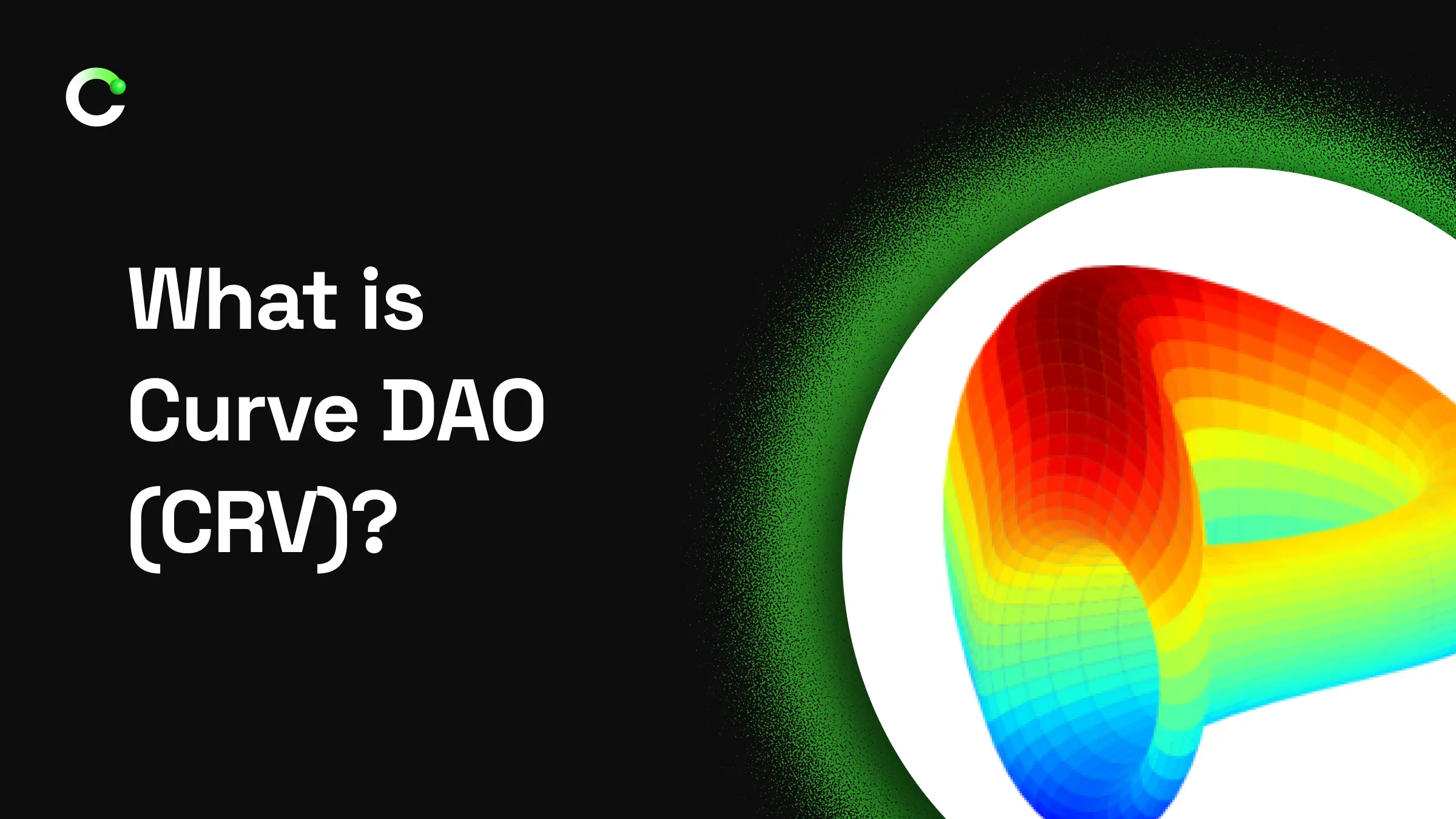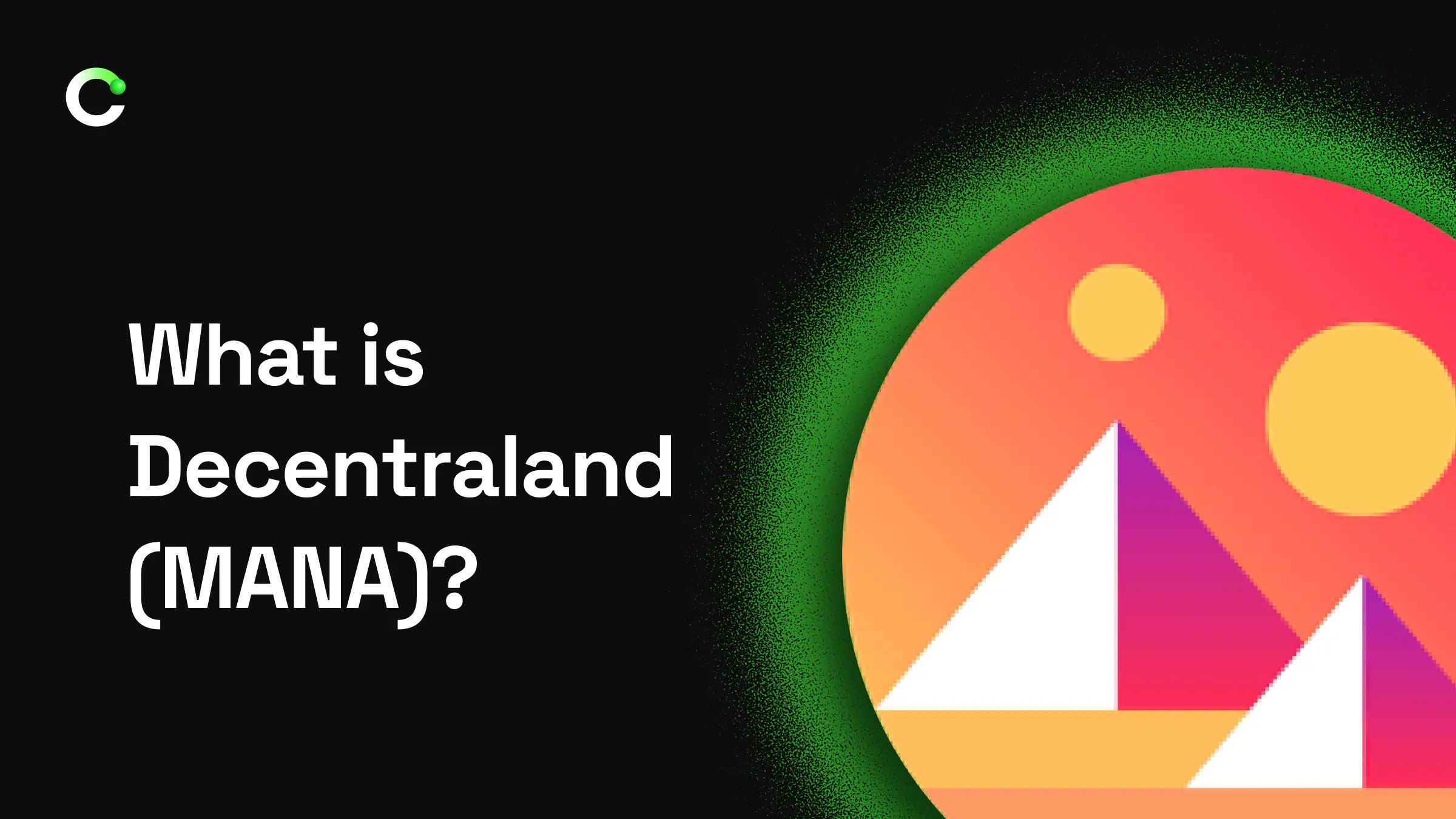What is EOS? 

Cryptocurrency

Blockchain technology not only enables the creation of cryptocurrencies but also provides the infrastructure for decentralized applications (dApps) to operate. However, for these applications to run smoothly and efficiently, a strong, scalable, and low-cost system is required. This is precisely the need that EOS was developed to address.
EOS is a blockchain network designed for high-performance decentralized applications. With its fast transaction capacity, user-friendly structure, and flexible programming capabilities, it attracts developers. Positioned as an alternative to platforms like Ethereum, EOS aims to offer faster and cheaper transactions through a different consensus model.
How Does EOS Work?
At the core of EOS lies a software infrastructure called
EOS.IO. This software functions similarly to an operating system, allowing developers to create decentralized applications. EOS.IO manages the performance of the network by handling processes such as network governance, transaction validation, and resource allocation.
Unlike traditional mining methods, EOS uses a different structure. The network employs a Delegated Proof of Stake (DPoS) consensus mechanism. In this system, a selected number of representatives (block producers), elected by token holders, are responsible for securing the network and validating transactions.
The main advantage of DPoS is speed. The network can process thousands of transactions per second, significantly reducing congestion. Additionally, transaction fees are nearly nonexistent. Instead of users paying directly for transactions, the system operates based on resource consumption.
Who Founded EOS?
The EOS project was developed by Dan Larimer, a prominent figure in the blockchain world. He is also the founder of projects like Steemit and BitShares. The company behind EOS is Block.one, which is responsible for its technical development and promotion.
Dan Larimer’s deep knowledge in blockchain technology helped EOS gain rapid recognition. Block.one raised approximately $4 billion through an Initial Coin Offering (ICO) in 2017, making it one of the largest ICOs to date.
Block.one is based in the Cayman Islands, although its team operates globally. The technical development of the project involves contributors from various countries. Therefore, while EOS is not tied to a single country due to its decentralized nature, it is officially registered in the Cayman Islands.
What Makes EOS Unique?
EOS stands out from other blockchain projects with several key features:
-
High Scalability: EOS can handle thousands of transactions per second, which is essential for serving large user bases in dApps.
-
Low Costs: EOS does not require users to pay direct transaction fees. Instead, resources (CPU, RAM, bandwidth) are allocated based on staked tokens.
-
User-Friendly Account System: EOS wallets use usernames instead of long and complex addresses, enhancing user convenience.
-
Flexible Development Environment: Developers can build applications using traditional languages like C++, allowing for easier adaptation.
-
Community Participation and Governance: Token holders can vote on network proposals, giving the community a say in the project’s direction.
How Many EOS Coins Are in Circulation?
The total EOS supply is capped at 1 billion tokens, most of which are already in circulation. However, the amount traded in the market can vary depending on supply-demand dynamics. As a result, questions like “How much is EOS in USD?” often arise, as price is influenced by market interest and overall crypto trends.
How Is the EOS Network Secured?
EOS’s security model is based on the DPoS system. Block producers are elected by token holders and are responsible for validating transactions and creating new blocks. Malicious actors can be removed from their roles through a community voting mechanism. This structure enhances network resilience while maintaining decentralization.
How to Use EOS?
EOS is not just used for transferring funds. Developers can build dApps on the EOS network across various sectors such as gaming, social media platforms, financial tools, and digital identity systems.
Users can stake EOS tokens to access network resources, vote in governance decisions, or interact with dApps. EOS tokens are also traded on exchanges for investment purposes.
Staking tokens not only grants access to resources but also gives users a voice in shaping the network.
How to Buy EOS?
Buying EOS via CoinTR is quite simple. You can use either Spot Trading or Easy Buy/Sell features to purchase EOS within seconds. The steps are:
-
Deposit Turkish Lira or USDT into your account.
-
Enter the amount you want to purchase.
-
Confirm your order.
Once completed, your assets will be transferred to your CoinTR wallet. You can also use the Easy Buy/Sell option to complete the process in minutes.
The Future of EOS
Although EOS generated great excitement in its early years, it has faced some criticism over time. Concerns about centralization among block producers and slow development progress have been points of discussion within the community.
Recently, initiatives like the EOS Network Foundation aim to revitalize the project. New developer tools,
Ethereum-compatible solutions (such as EOS EVM), and community-driven governance structures have brought EOS back into the spotlight.
Various programs are being implemented to support developers, incentivize projects on the network, and boost community engagement. These efforts provide promising signs for EOS’s medium- and long-term future.
Conclusion
EOS is a standout project in the
crypto ecosystem with its advanced technological infrastructure. Its high transaction capacity, low-cost structure, and user-friendly features make it a strong alternative for dApp development.
Although it has faced challenges compared to rival projects, EOS still holds significant potential. Ongoing technical improvements and increased community participation could help unlock that potential.
In the blockchain world, success depends not only on technology but also on sustainable community support. Whether EOS can strike this balance in the coming years will be a key factor in determining its trajectory.
Legal Notice
The information, comments, and evaluations contained in this content do not constitute investment advice. This content is not intended to be prescriptive in any way and is intended to provide general information. It does not constitute investment advice. CoinTR cannot be held responsible for any transactions made based on this information or any losses that may arise.
Recommended
- CryptocurrencyWhat Is Curve DAO (CRV)? In the decentralized finance (DeFi) ecosystem, projects offering low-cost and efficient exchange opportunities among stable cryptocurrencies have been gaining more attention recently. One of the notable protocols in this field, Curve DAO, plays a significant role in the DeFi infrastructure with its liquidity pools and automated market maker (AMM) structure. In this context, the question “What is CRV coin?” is addressed through the role of Curve's governance token CRV within the protocol's opera
2025-12-23
- CryptocurrencyWhat Is Enjin Coin (ENJ)? Enjin Coin (ENJ) stands out among projects that bring the gaming world and blockchain together. The Enjin ecosystem, which aims to facilitate the in-game use of NFT-based digital assets, has recently caught the attention of both crypto investors and gamers. So what is Enjin Coin (ENJ) and why is it attracting so much interest? What is Enjin Coin? What is Enjin Coin? Enjin Coin (ENJ) is a token built on the Ethereum blockchain and designed specifically for use in digital platforms and online gam
2025-12-23
- CryptocurrencyWhat Is Decentraland (MANA)? With the ever-expanding crypto asset ecosystem, digital assets and virtual property concepts have begun to gain more attention. These developments have enabled blockchain technology to converge with virtual reality and metaverse projects, paving the way for new platforms centered around user experience. One such project, MANA Coin, is a digital asset used within the Decentraland ecosystem. So, what is MANA Coin, and what are its purposes? What is MANA Coin? MANA Coin is defined as a digital ass
2025-12-23


